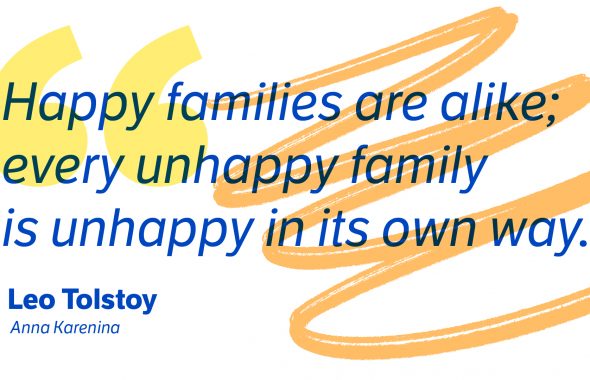Despite the fact that Passover comes around every spring, you may still have some questions about the holiday. Why does Passover come about at a different time every year, for example, and why is the Passover meal so specific? The key to understanding what the religious observance is all about is understanding where the name Passover originally comes from.
What is Passover?
Passover is the Jewish holiday that commemorates the story of Exodus, which describes when Moses led the Israelites out of Egypt. The name is a translation of the Hebrew verb Pesah or Pesach, which literally means “to pass over.”
In the story, Moses returned to Egypt to free the Jewish slaves. He repeatedly asked Pharaoh to end slavery, and he was repeatedly denied. Each of the first nine times that Pharaoh refused to end slavery, God delivers plagues to Egypt. After the tenth time, the Angel of Death was sent to kill all Egyptian first-born children.
The Israelites were instructed to flee after the tenth plague with a specific set of instructions from God. They were to prepare a quick meal of lamb and bitter herbs, as well as bread—unleavened bread, specifically, because there was no time to let the dough rise.
Additionally, Israelites marked their homes with the lamb’s blood so that the Angel of Death would know who was inside and pass over their homes—hence the name Passover.
Passover is in remembrance of this event described in Exodus, and it’s observed with a dinner called the Seder that’s similar to the final meal in Egypt (more on that later).
Get more insight into the background and use of Passover by visiting our entry for the word here.
When is Passover?
Passover’s date is determined by the Jewish calendar, and it can be either in March or in April on the Gregorian calendar much of the Western world uses today. The Jewish calendar is based on the moon as opposed to the sun like the Gregorian calendar. If you’re familiar with the cycle of the moon, you know it circles Earth in a slightly shorter time period than a 30- or 31-day calendar month (29 and a half days, to be exact). An extra month is added to the Jewish calendar on some years to ensure that the seasons line up. This means a year can range from 353 days to 385 days.
It can be a complicated system for someone used to the Gregorian calendar—especially when it comes to knowing when certain holidays occur.
Though it’s a different day on the Gregorian calendar, Passover always lands on the same day on the Jewish calendar: the 14th of the month of Nisan. This is the first month of the religious year and the start of spring (Passover is also referred to as chag he-aviv, or the festival of spring). It’s celebrated for seven days in Israel and by Reform Jews, and for eight days in Orthodox and Conservative Jews in the diaspora.
Passover starts on April 15 in 2022, and on April 5 in 2023.
How is Passover observed?
The first night of Passover is the Seder, which means “order” or “arrangement” in Hebrew. It’s one part dinner, one part story session, and one part religious ceremony.
As you might guess from the name, it’s a structured affair. A traditional Seder is guided by readings from the book Haggadah. The readings serve a dual purpose: telling the story of Exodus that is at the heart of Passover and providing the order for the rituals completed throughout the meal.
The story is largely told through food. Lamb is served in reference to the lamb’s blood that was a symbol to the Angel of Death to pass over a particular house, for example, and bitter herbs to represent slavery in Egypt. Matzah, an unleavened bread, represents the unleavened bread referenced in Exodus 12:14: “You shall eat nothing leavened; in all your dwelling places you shall eat unleavened bread.” Coconut macaroons, flourless and unleavened, are a popular Seder dessert.
At the end of the meal, the diners say one last phrase: “Next year in Jerusalem.” And with that, the retelling of the journey to escape Egypt is complete.
The Seder takes place on the first night of Passover for those who observe for seven days, and sometimes for a second time for those who observe eight days of Passover. On the following days, observers continue to refrain from any leavened breads, called chametz. After it’s over, all that’s left to do is calculate when the next Passover will be.














